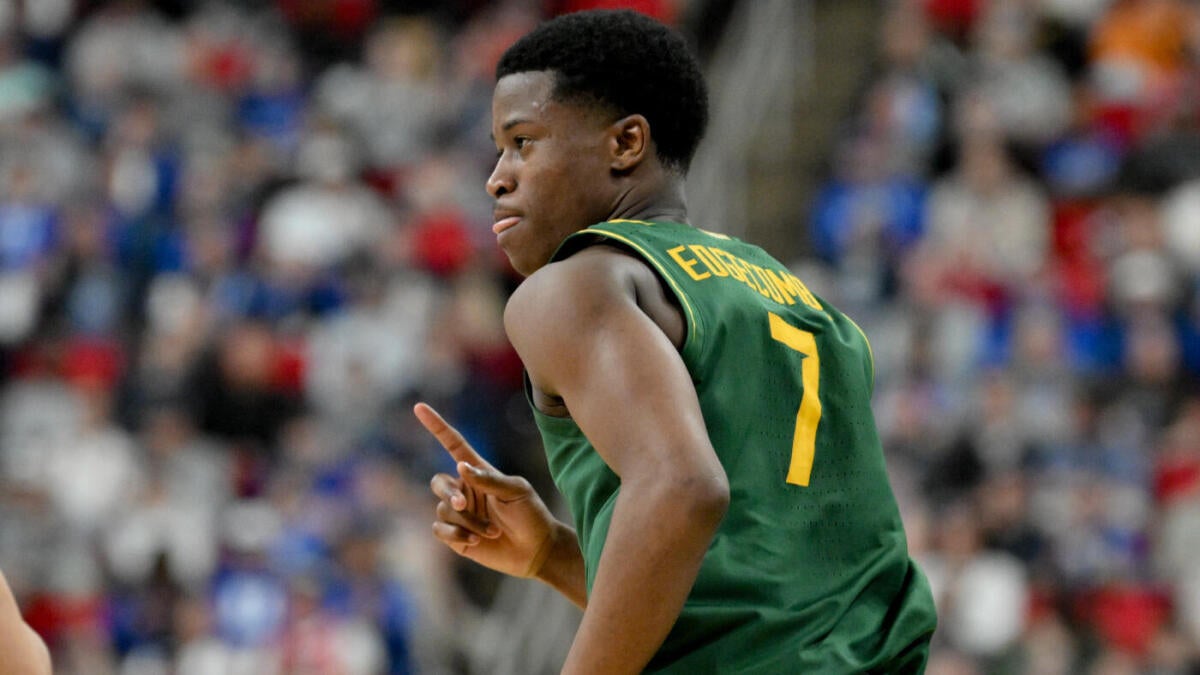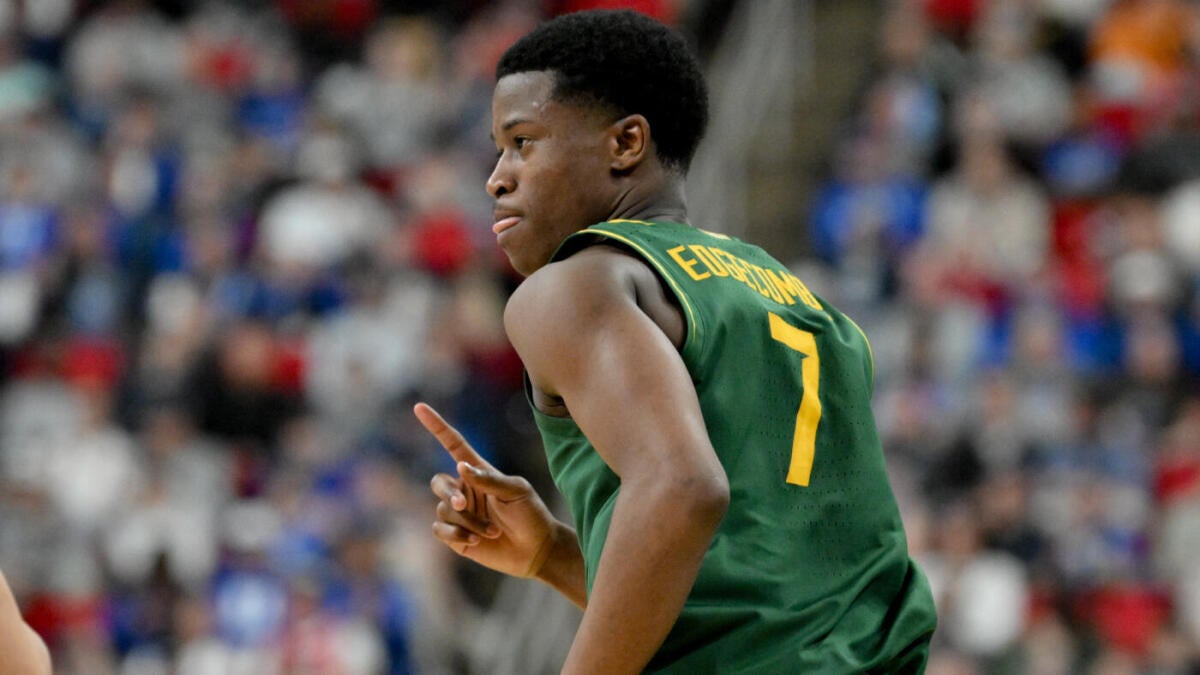The 2025 NBA Draft and trade market marked a pivotal moment for teams across the league, blending strategic foresight with immediate roster needs. As franchises navigated the complexities of draft selections and trade negotiations, the decisions made in 2025 will resonate for years, shaping the competitive balance of the NBA. Below, we delve into the key performances, standout moves, and the broader implications of this draft class, with a focus on the Brooklyn Nets, Philadelphia 76ers, Dallas Mavericks, and other notable teams.
Brooklyn Nets: A Future-Centric Approach
The Brooklyn Nets entered the 2025 draft with a clear vision: prioritize long-term rebuilding over short-term gains. Their strategy revolved around accumulating future draft picks, a move that reflects a patient yet calculated approach to roster construction. By leveraging their existing assets, the Nets secured multiple high-upside selections, providing flexibility for future trades or direct draft investments.
The Nets’ trade acumen was particularly noteworthy. Rather than chasing immediate star power, they focused on acquiring picks that could yield high-ceiling prospects in subsequent drafts. This philosophy aligns with modern NBA team-building, where patience and strategic asset management often outweigh the allure of quick fixes. While the 2025 picks themselves hold promise, the real value lies in the options these picks unlock—whether used to draft emerging talent or as flexible currency in future trades.
This approach demonstrates a commitment to a sustainable rebuild, a stark contrast to the win-now mentality that has defined the Nets in recent years. By banking on high-upside selections, Brooklyn is positioning itself to compete in the long term, a strategy that could pay dividends if the right prospects develop as expected.
Philadelphia 76ers: Balancing Immediate Needs and Future Potential
The Philadelphia 76ers made waves in the 2025 draft by selecting VJ Edgecombe with the No. 3 overall pick. Edgecombe, a 6’4” shooting guard from Baylor, is widely regarded for his elite athleticism and two-way potential. His accolades, including Big 12 Freshman of the Year, underscore his high ceiling and readiness to contribute at the NBA level.
Edgecombe’s fit with the 76ers is particularly intriguing. His defensive prowess and transition offense align well with Philadelphia’s roster needs, providing versatility and depth at the wing position. The Sixers have long sought balanced contributions from their young core, and Edgecombe’s skill set could be a perfect complement to their existing talent.
However, the 76ers’ draft-day strategy was not without complexity. Continued speculation about trading the No. 3 pick highlighted their optionality, with other top prospects like Rutgers forward Ace Bailey and Duke’s Cooper Flagg also in consideration. Ultimately, Philadelphia demonstrated a mix of decisiveness and flexibility, securing a high-upside talent while maintaining the ability to pivot their draft-day strategy as needed.
Dallas Mavericks: Securing a Franchise Cornerstone
Winning the draft lottery placed the Dallas Mavericks in an enviable position, granting them the No. 1 overall pick in the 2025 draft. With this selection, they chose Cooper Flagg, a Duke phenom who emerged as the consensus No. 1 prospect due to his stellar freshman season and two-way skill set.
Flagg’s impact potential is immense. Projected to be NBA-ready immediately, he offers defensive tenacity and multifaceted scoring that can complement Dallas’ roster needs. His selection represents a significant step forward for the Mavericks, who have been searching for a franchise cornerstone to build around.
The Mavericks’ decision to draft Flagg illustrates the transformative power of the draft lottery. By securing a generational talent, Dallas has positioned itself to compete at a high level in the coming years. Flagg’s ability to contribute on both ends of the floor makes him an ideal fit for a team looking to take the next step in their development.
Oklahoma City Thunder: Balancing Upside and Risk Management
The Oklahoma City Thunder added Thomas Sorber in the 2025 draft, a player noted for overcoming injury concerns and approaching full recovery. Sorber’s path to the draft showcased resilience, although his immediate NBA Summer League status remains uncertain.
The Thunder’s selection reflects a balanced approach between upside and roster development. By investing in a player with significant potential but injury risks, OKC is hoping that Sorber’s health and skill translation will yield positive returns. This move aligns with the Thunder’s trend of shrewd talent cultivation and cautious risk management, a strategy that has served them well in recent years.
Utah Jazz: Addressing Roster Needs and Long-Term Growth
The Utah Jazz face critical aging and performance questions, turning to prospects like Tre Johnson, Ace Bailey, and VJ Edgecombe to address their needs. The Jazz’s draft strategy seemingly tilts toward long-term roster balance, potentially targeting versatility and growth.
Some selected players show promise but require development to become dynamic scoring threats outside the paint. The Jazz’s choice should emphasize complementary skills to their existing core, especially focusing on shooting and playmaking. By investing in players with high ceilings, Utah is positioning itself for sustained success in the coming years.
Evaluating Draft Prospects Beyond the Lottery
While much attention surrounds top picks, the second round and later picks hold meaningful potential. For example, Brooklyn’s selection of Penda highlights his defensive agility and scoring upside if his jump shot materializes. Players with dynamic athleticism and positional versatility are increasingly valuable, and teams investing in tailored developmental programs can unlock surprising contributions from these later picks.
The depth of the 2025 draft class is expected to provide hidden gems, reinforcing the merit in thorough scouting and development. As teams continue to embrace data-driven approaches, the identification of these prospects becomes even more critical.
Data-Driven Insights and Statistical Projections
Advanced analytics play a crucial role in modern NBA draft strategy. For instance, data-centric models predict VJ Edgecombe to average approximately 18.6 points per game, placing him among the upper echelon of the class offensively. Similarly, Cooper Flagg’s top pick status is validated by combined defensive and offensive efficiencies.
While modeling offers guidance, variables like health, adaptation, and team system integration remain crucial unknowns. NBA front offices increasingly mesh traditional scouting with data analytics, optimizing draft-day decisions. This blend of approaches ensures that teams make informed choices, balancing potential with fit and development.
Conclusion: The 2025 NBA Draft as a Strategic Inflection Point
The 2025 NBA Draft and trade market showcased the intricate balancing act teams must perform—judging immediate needs, future potential, and trade flexibility. Brooklyn’s patient accumulation of picks, Philadelphia’s targeted choice with Edgecombe, Dallas’ securing of a generational talent in Flagg, and other rookie acquisitions illustrate diverse approaches to team-building.
Success will hinge not only on selecting the right players but also on integrating them effectively within team strategies and managing their development. This draft class, anchored by prospects with impressive two-way potential and athleticism, promises to shape the NBA landscape for years to come, sparking excitement among fans and analysts alike. As teams navigate the complexities of the draft and trade market, the decisions made in 2025 will undoubtedly resonate for years, shaping the competitive balance of the league.












